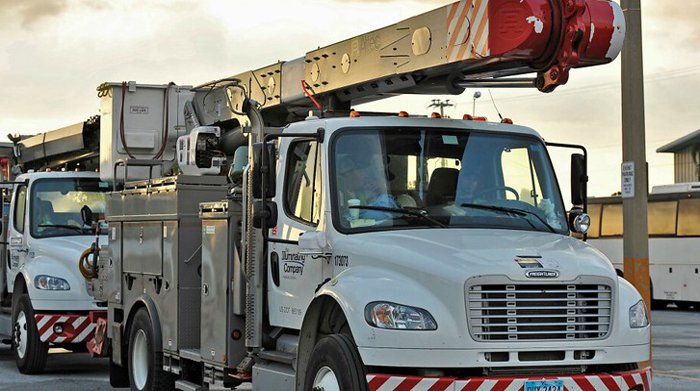How Real Time Information Can Benefit Utilities

Image courtesy of FirstEnergy Corp. under Attribution-NoDerivs 2.0 Generic License, resized to 700 x 391 pixels.
From the executive suite to front-line workers, real time information can help optimize decision making at all organizational levels. And when it comes to utility field workers navigating an outage situation, the need for real time information can literally mean the difference between life and death. For this reason, progressive utilities have started deploying technology that provides real time data.
Examples of How Utilities are Equipping Field Crews with Real Time Information
Overall, access to real time information helps workers make better decisions for themselves, their company and their customers. These tools can be built in-house or sourced from a vendor, and are typically used to manage workorders, evaluate site conditions, and track progress.
According to this power-grid.com article, Alabama Power and AEP have started utilizing technology designed to give line workers and other field employees a more holistic view of their working environment.
Alabama Power has equipped field personnel with a mobile damage assessment solution, encompassing the deployment of software as well as upgraded mobile devices (i.e., smartphones & tablets), to enable the real time passing of information between damage assessment crews and dispatchers. As a result, crews no longer need to rely on feeder maps, and damage assessment decisions can be made more rapidly.
AEP has deployed a similar solution to its field workers. Specifically, the company is using a mobile app to assign work and give line workers real-time information about the condition of assets, outages, and hazards. As is the case with Alabama Power’s new technology, AEP’s technology has successfully reduced restoration times, increased customer satisfaction, and provided a boost to the bottom line.
Regardless of the specific approach, these tools allow findings and information to be communicated digitally, such as route assignments or photos of a job site or equipment damage, rather than having to rely on hand-written notes or a phone call to a dispatcher. Information regarding needed equipment and materials, resource needs, directions/mapping, locational hazards, workorders, and other items can be quickly shared. There’s no doubt about it, when crews have real time information at their fingertips, everybody wins.



